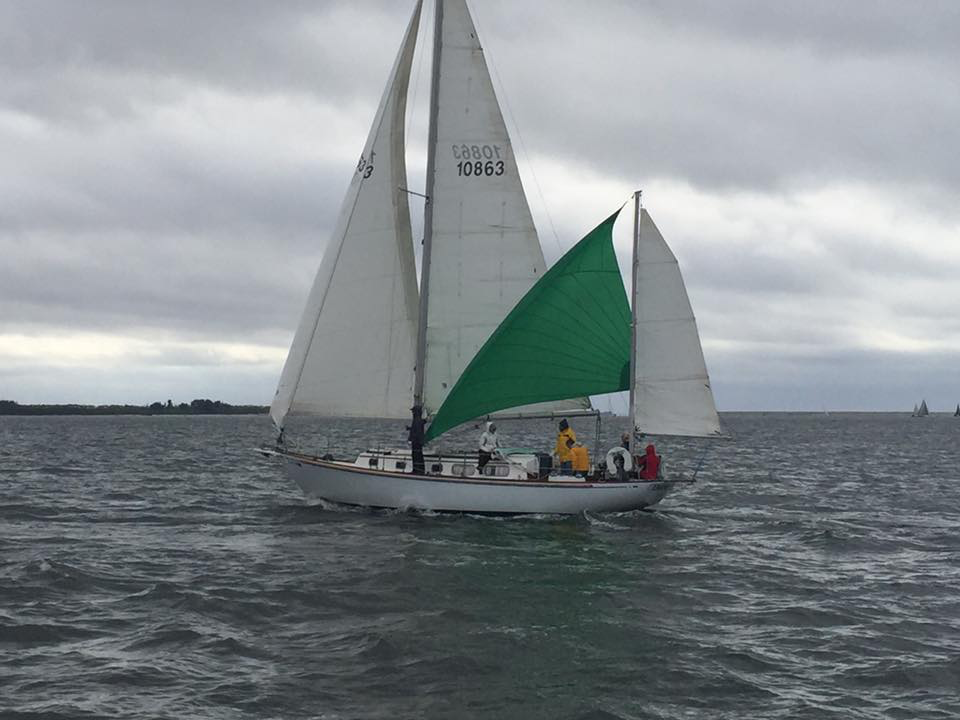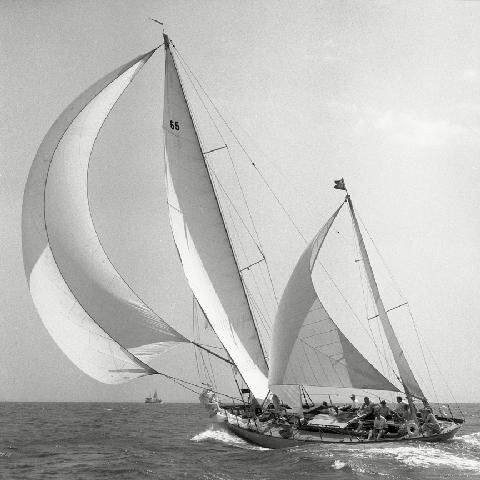While I personally think that an anchored yawl is one of the most beautiful sights a mere mortal can see, second only to a sailing schooner, yawls with their little mizzen actually have a great advantage over their other sailing brethren.
Some times, currents will push on your keel and position you broadside or even stern into the wind! This means that as you try and relax at anchor, you will be tossed around violently instead!
Yawls have a built in method for countering this issue, their mizzen! Raising the mizzen while at anchor will act as a riding sail and hold the bow into the wind. If the current tries to push the yacht sideways or another angle to the wind, the mizzen will be pushed back by any present wind. This means that as you turn, the air on the mizzen will push you back and keep you comfortable. Since the mizzen offers no forward drive, you don’t have to worry about sailing up onto the anchor.
On a non-yawl, a sail set back there is called a “Riding Sail” and this sail requires gear and time to setup and raise the sail. A yawl has this setup built in with the trusty Mizzen!










